Innovation and advancements in medicine have significantly impacted human health and life expectancy. The world’s population is said to have tripled since 1945.
This massive increase is entirely due to a decrease in mortality caused by life-enhancing treatments made possible by groundbreaking medical inventions.
Medical inventions have been instrumental in eliminating diseases and reducing worldwide suffering while providing new insights into medical research that were seen as impossible in the past.
This article looks at 9 of the most significant medical inventions.
X-rays
X-rays were accidentally discovered by German physicist Wilhelm Conrad Röntgen In 1895. He was experimenting with different light rays and found that his cathode ray tube could produce rather unusual images.
Röntgen performed an X-ray on his wife’s hand, and the resulting image is close to our current modern X-rays. He found her bones and wedding ring visible in the image, but the flesh in her hand was not.
He named this image “X-radiation,” with “X” standing for “unknown” because the cathode rays were invisible, and he didn’t know what they were.
Röntgen’s discovery was initially criticized and even scorned by a journalist from the New York Times, describing X-rays as “an alleged discovery of a method to photograph the invisible.”
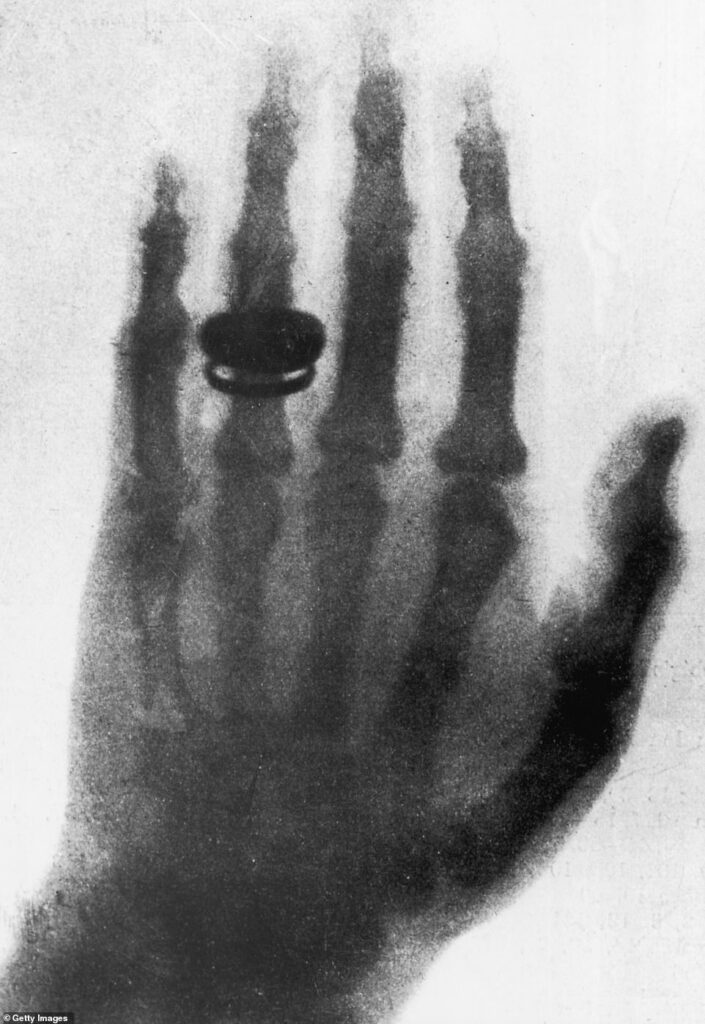
Within weeks of this novel discovery, the intrinsic value of this invention came to light, and several hospitals in Europe and the United States had an X-ray machine constructed.
X-rays have continued to be one of the world’s most valuable medical equipment, used in diagnosing and treating fractures, dental issues, and even cancer.
The world’s first radiology department opened in 1896, and in 1901 Röntgen was awarded the first-ever Nobel Prize in Physics for his amazing discovery.
Medical Prosthetics
The invention of prosthetics has enabled many physically disabled individuals to live independently without being dependent on crutches or a wheelchair.
Medical Prosthesis refers to artificial substitutes for a missing part of a body. Arms and legs are some of the most common prosthetic replacements.
One of the foremost works on prosthetics is attributed to a 16th-century French surgeon named Ambroise Paré. A military surgeon that designed and constructed artificial arms and limbs to help soldiers who had been maimed in war.
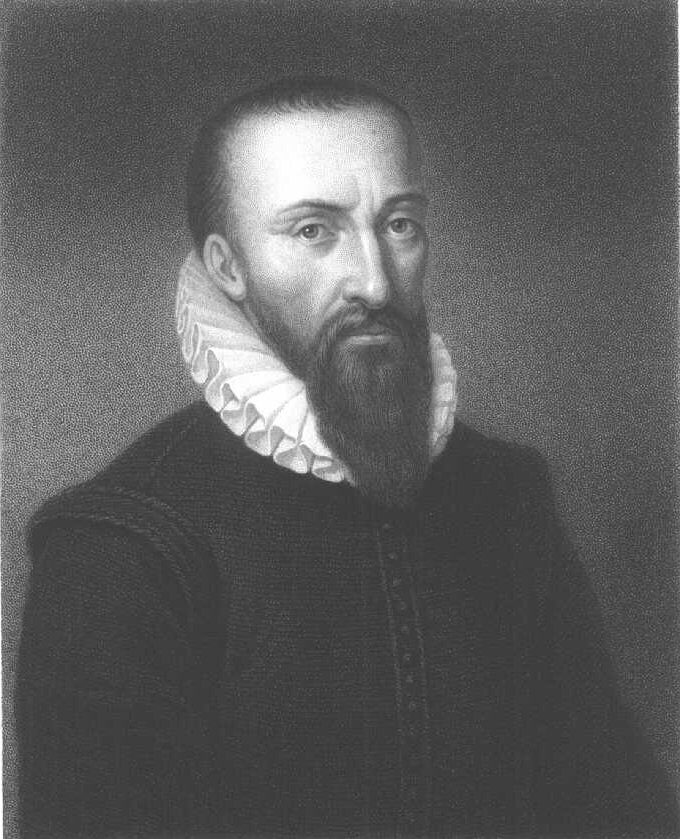
Ambroise noticed that some soldiers preferred to commit suicide rather than live without limbs and began to devise a new means to combat this problem.
Technology has come a long way in the world of prosthetics. Back then, prosthetics given to patients were heavy metal or wooden devices that were sometimes difficult to maneuver.
However, subsequent refinements in prosthetic science have improved the design and comfortability of prosthetics, allowing people with disabilities to live everyday, less limited lives like never before.
Now it is possible to control prosthetics with brain impulses, and scientists have even gone as far as creating a prosthetic arm that lets patients feel sensations of touch again.
IVF
One of medicine’s most incredible moments was the birth of Louise Brown in 1978, the first human ever conceived through In Vitro Fertilization.
This was made possible by Patrick Steptoe and Robert Edwards, who were the first to remove eggs from a woman’s ovaries safely. This groundbreaking embryo research has helped millions of couples facing fertility issues to achieve their dreams of parenthood.
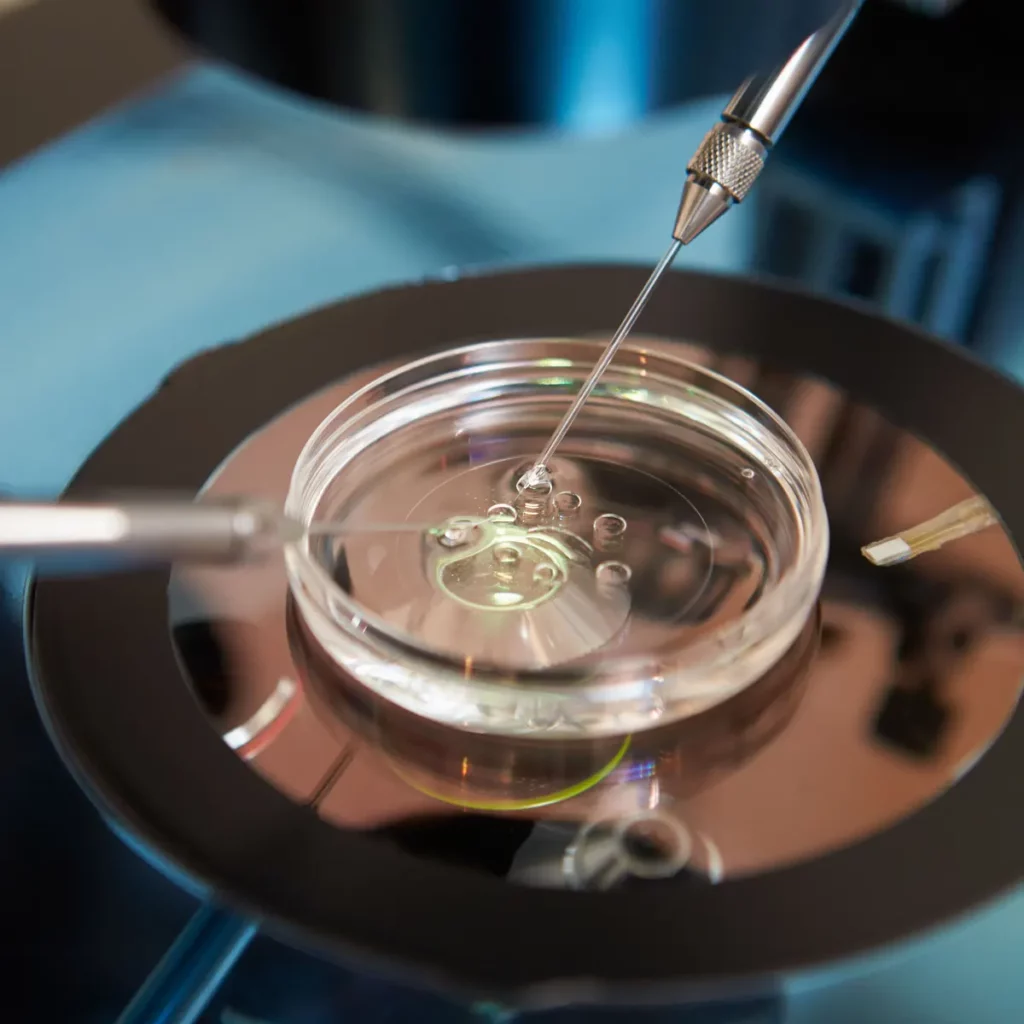
IVF is a fertility treatment where the sperm and eggs are fertilized outside the body. The eggs are removed from the woman’s ovaries and met with the sperm in a laboratory. And then, the fertilized egg is put back into the woman’s uterus to help sustain the pregnancy.
IVF treatments have since improved in techniques and proven safe and secure over the years. Since Louise’s birth, over 5 million babies have been born through IVF and other similar assisted reproductive technologies (ART) worldwide.
Insulin
A significant number of people in the world today have diabetes. Simply put, diabetes is caused by too much sugar in the bloodstream resulting from the pancreas not producing enough insulin.
Before insulin was discovered, diabetes used to be a terminal disease. Everyone with type one diabetes dies within a few weeks or months of contracting it.
Regulating diet was the only way to reduce the effects of diabetes, and this only had a minimal impact.
In 1921, Canadian medical scientist Frederick Banting and his assistant Charles Best discovered how to extract insulin from a dog’s pancreas.
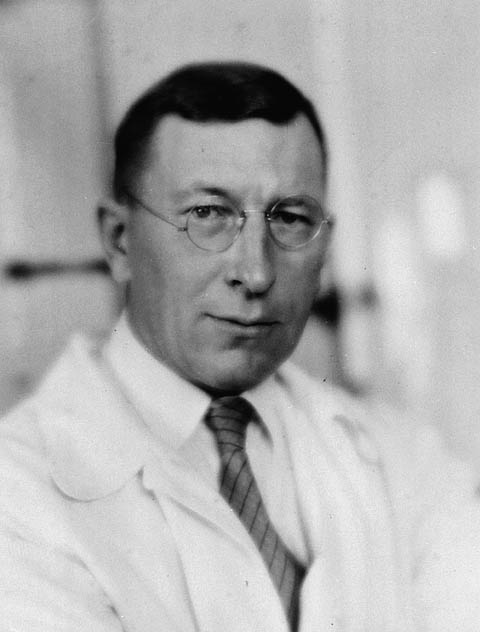
With this extract, Banting and Best could keep a dog with severe diabetes alive for over 70 days until the hormonal extract was no more.
The following year, 14-year-old Lennon Thompson became the first human to receive an insulin injection. This saw his dangerously high blood sugar drop to an almost normal level, consequently saving his life.
Banting would receive the Nobel Prize for Medicine or Physiology, which he shared with his colleague Best. Following their discovery, other synthetic and more refined forms of insulin have been produced and used to save millions of lives.
Currently, over 420 million people worldwide have diabetes, and with the invention of insulin, diabetic patients can live normal, healthier, and longer lives.
Germ Theory
Before Germ theory, most people, including medical practitioners, were unaware of the importance of good hygiene. This led to many avoidable deaths due to diseases contracted from exposure to microbes.
Germ theory explains that microorganisms known as pathogens or “germs,” which include bacteria, fungi, and viruses, are the major cause of numerous diseases.
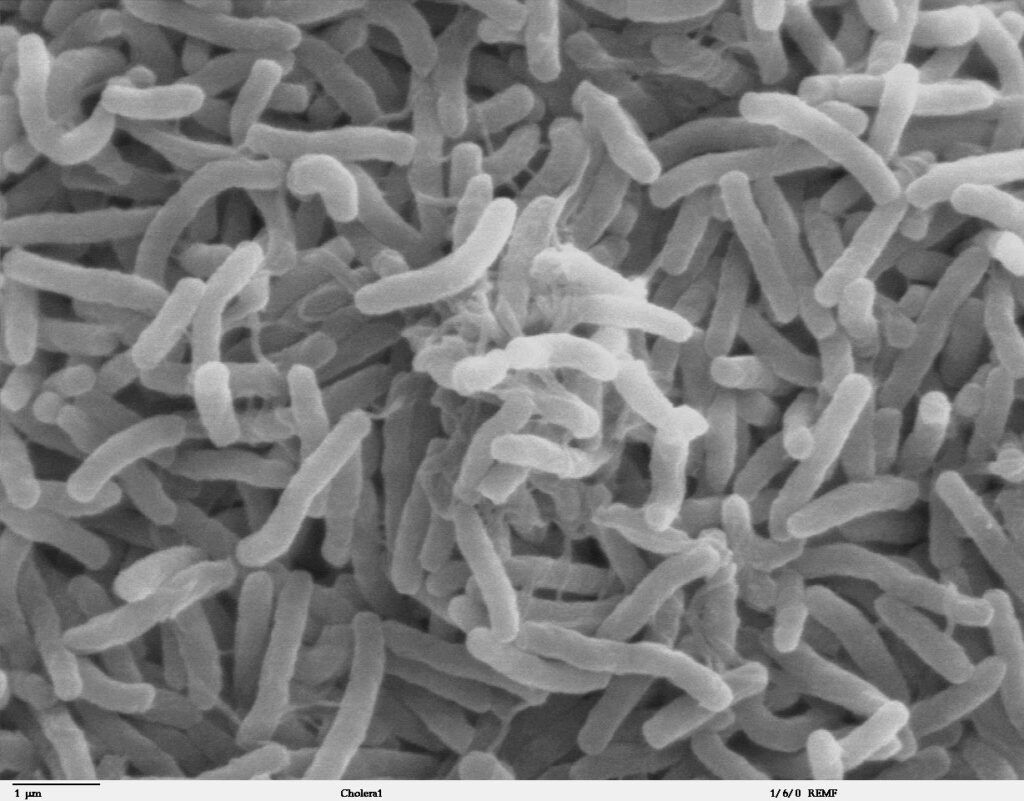
The germ theory was properly proven in the 19th century, and with that came the realization that germs caused many illnesses.
Many people have been instrumental in the development of germ theory. For example, English physician, John Snow, identified a link between contaminated water and cholera disease by linking a cholera outbreak to a particular water pump in London.
Microbiologist Louis Pasteur further proved germ theory in laboratory conditions by conducting more formal experiments from 1860 to 1864. This was followed by Robert Koch and Joseph Lister, a British surgeon who was instrumental in developing practical applications like sanitary hospital environments.
Germ theory improved sanitation in general and has equipped doctors with better knowledge on preventing, treating, and reducing the spread of many deadly diseases.
Organ Transplants
Thousands of people are given a second chance at life with Organ transplants every year.
Organ transplant is one of the most incredible medical advancements of our time. The idea of an organ transplant was met with much skepticism and dread in earlier years. Still, medical scientists and doctors have transformed this horrible idea into a fantastic reality.
Organ transplantation involves the process in which a damaged or missing organ is removed from the body of a patient and replaced with a healthier one.
The first successful human transplant occurred in Boston in 1954. Dr. Joseph Murray successfully removed a kidney from one donor and installed it in his identical twin’s body.
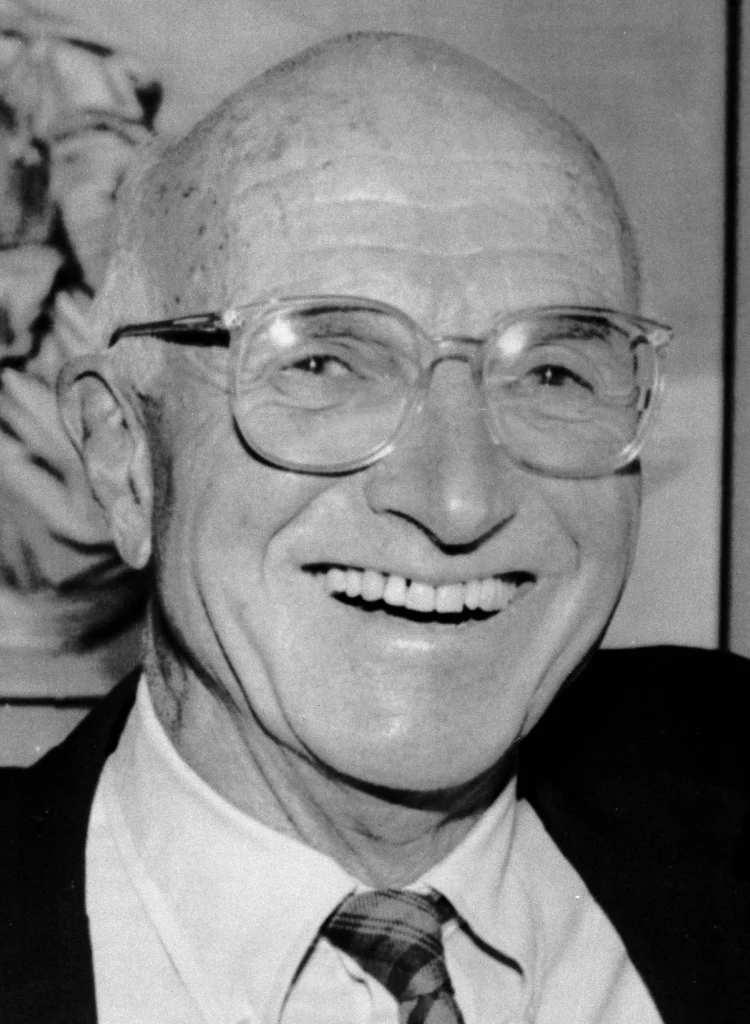
Subsequently, the first lung transplant was carried out in 1963, the first liver transplant in 1967, followed by the first heart transplant a year later, in 1968.
Doctors have also successfully carried out hand and face transplants. More than 40,000 Americans received a life-saving transplant in 2021, and over 110,000 people are on the UNOS waiting list for an organ transplant that could substantially improve their lives.
There have been continued innovations in medical transplants, with researchers now working on lab-grown organs like artificial hearts and lungs. So perhaps, sometime in the nearest future, you could have a spare heart, kidney, or bladder grown for you in a lab and tucked safely somewhere around your home. Only time will tell.
Anesthesia
Before the invention of Anaesthesia, surgeries were a terrifyingly agonizing procedure only undertaken as a last resort. Most surgical operations were done with the patients fully conscious and in excruciating pain.
Amputations, for example, were done with the patient wide awake and biting on a piece of wood to stop them from screaming. All of this came to an end with the successful discovery of anesthesia.
Anesthetics numbs all sensations in the patient. And it’s an introduction to modern medical sciences that completely transformed surgical operations. Several substances were initially used as anesthetics, with some dating as far back as 300 BC.
Cocaine was used in 1859 by Karl Koller as an early local anesthetic. However, even though it proved to be an effective numbing substance, it was also addictive and led to abuse, making it unsafe.
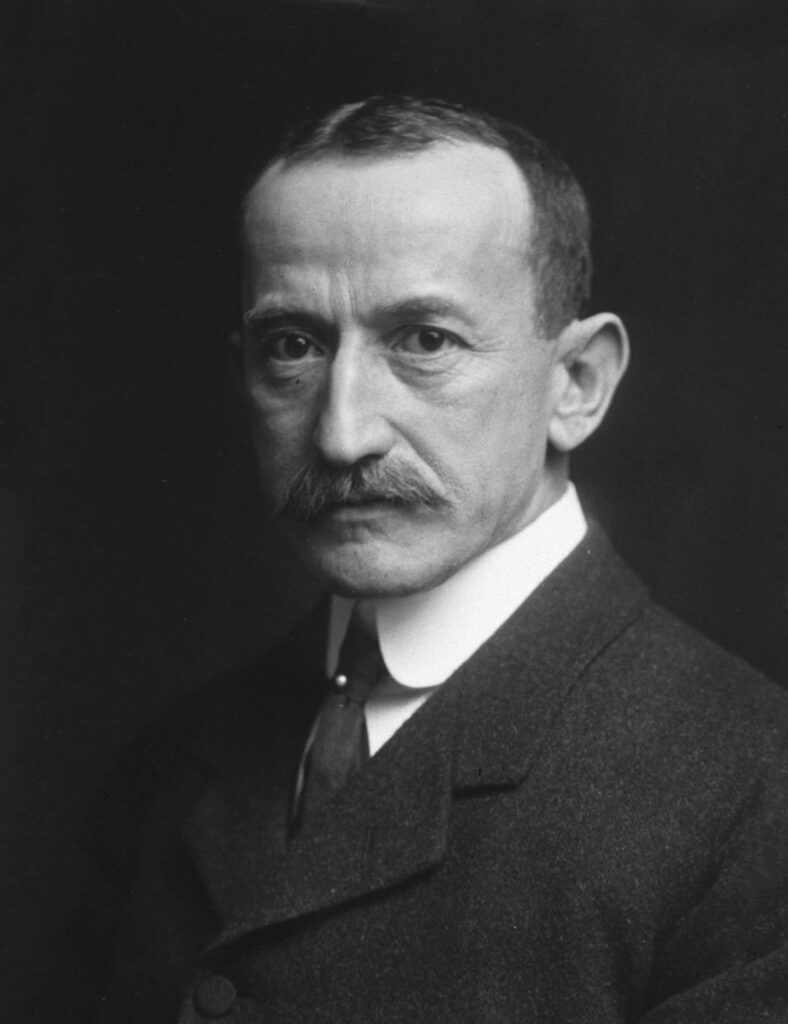
Another substance, chloroform, was used as an anesthetic but had severe side effects. William TG Morton used ether to carry out a successful surgery in 1846.
Today, many safer and more effective anesthetics have been developed to enable life-saving surgeries for millions of people around the globe.
Antibiotics
Alexander Fleming’s penicillin is regarded as the world’s first antibiotic. Fleming made this remarkable discovery almost entirely by accident.
A petri dish he had left in his lab while he went away on vacation showed that a particular green mold was actively repelling the bacteria around it. Then, by carrying out further experiments on disease-causing bacteria, Fleming noticed what prevented the bacteria from growing was the presence of a substance that he would later develop into penicillin.
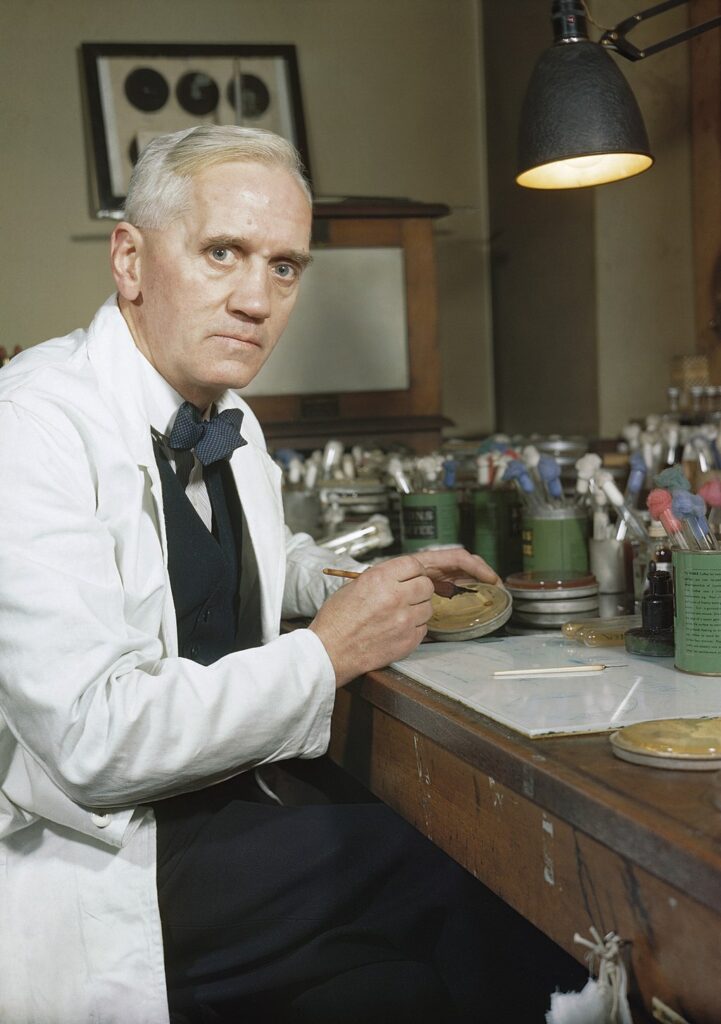
Bacterial infections used to be so fatal that soldiers were known to be more frequently killed by infections from battlefield wounds rather than actual bullets, and penicillin became the world’s life-saving drug with the New world encyclopedia estimates that the discovery of penicillin has saved approximately 200 million lives.
Alexander Fleming was awarded the 1945 Nobel Prize in Physiology or Medicine for his discovery.
As a result of Fleming’s discovery, scientists have been able to use antibiotics to treat a great variety of diseases, such as tuberculosis, pneumonia, syphilis, scarlet fever, etc., and save countless lives.
Antibiotics are also used in livestock to prevent the transfer of diseases from animals to humans.
Vaccines
In 1796, Edward Jenner, a British physician and scientist began attempting to treat smallpox and pioneered the world’s first-ever vaccine.
Smallpox is one of the most deadly diseases ever known to man and is estimated to have caused the death of over 400,000 people in the 19th century alone.
Edward Jenner created the world’s first modern vaccine using inoculations to contain the deadly smallpox virus, which paved the way for contemporary innovations in vaccination and immunology.
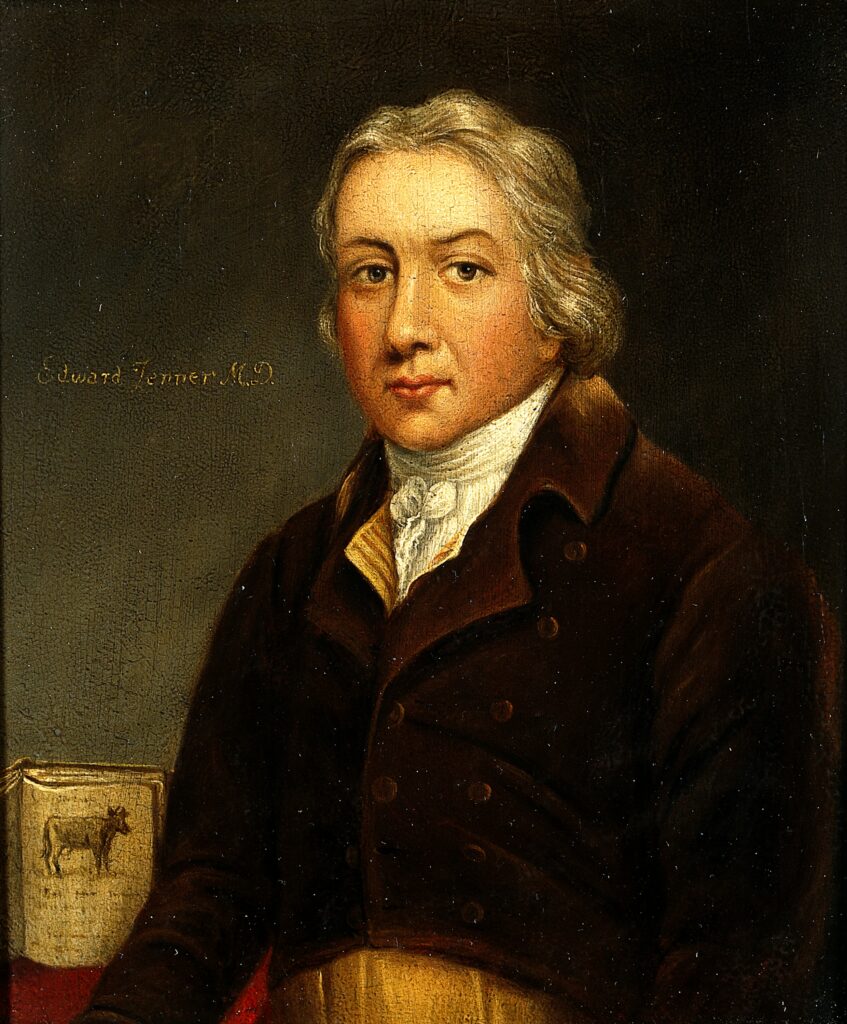
Since then, many vaccines have been created and used to combat some of the world’s deadliest diseases, including poliomyelitis, measles, rubella, tuberculosis, and tetanus.
Smallpox vaccines were the first successful vaccines to be developed and were used to save millions of lives until the disease was successfully eradicated from common circulation.
With the help of vaccines, polio has decreased by 99% globally, with the United States being polio-free since 1979. In addition, the measles vaccine is estimated to have saved more than 17 million lives since 2000.

